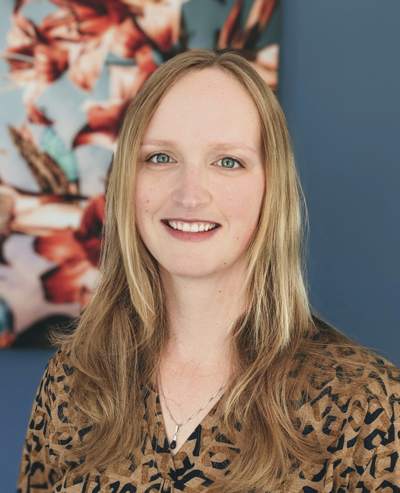Microfluidic impedance cytometry for single sperm analysis
Stella Kruit-van Rossum is a PhD student in the department Biomedical and Environmental Sensorsystems. (Co)Promotors are prof.dr.ir. L.I. Segerink and dr.ir. W. Olthuis from the faculty Electrical Engineering, Mathematics & Computer Science and dr.ir. M. Broekhuijse from CRV.
 Assisted reproductive technologies, such as artificial insemination (AI), are widely used in efficient breeding programs for farm animals. Part of the success of AI is determined by semen quality. Routine screenings include concentration, motility, and morphology assessment. Additional parameters, such as viability, acrosome integrity, and chromatin integrity, are screened by fluorescent staining and flow cytometry but not routinely due to high costs. These screenings determine the average quality of the ejaculate to give an insight into the fertility of the male. Nevertheless, sperm quality assessment could benefit from standardized and label-free methods to reduce costs, provide reliable approaches to prediction, and select the “best” sperm for fertilization.
Assisted reproductive technologies, such as artificial insemination (AI), are widely used in efficient breeding programs for farm animals. Part of the success of AI is determined by semen quality. Routine screenings include concentration, motility, and morphology assessment. Additional parameters, such as viability, acrosome integrity, and chromatin integrity, are screened by fluorescent staining and flow cytometry but not routinely due to high costs. These screenings determine the average quality of the ejaculate to give an insight into the fertility of the male. Nevertheless, sperm quality assessment could benefit from standardized and label-free methods to reduce costs, provide reliable approaches to prediction, and select the “best” sperm for fertilization.
Microfluidic impedance cytometry (MIC) is a non-invasive and label-free tool to study the frequency-dependent behavior of cells and to evaluate their (dielectric) properties. Multi-frequency impedance measurements allow multiparametric single-cell characterization to determine cell size, membrane properties, and intracellular properties simultaneously. This research explores the possibilities of MIC for single sperm analysis, focusing on morphological properties, such as acrosome integrity and shape characterization.

